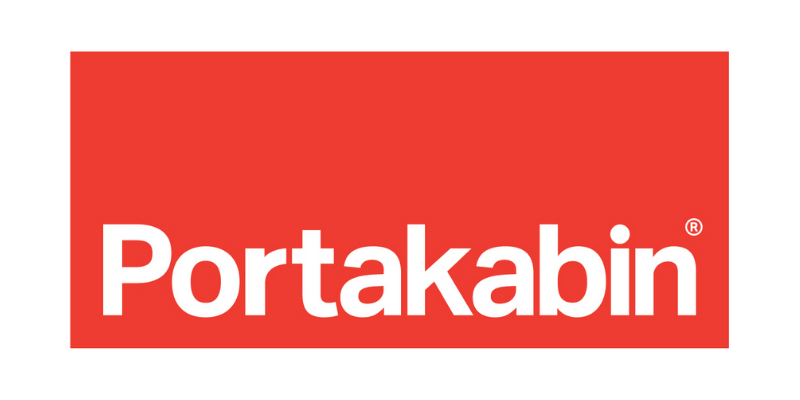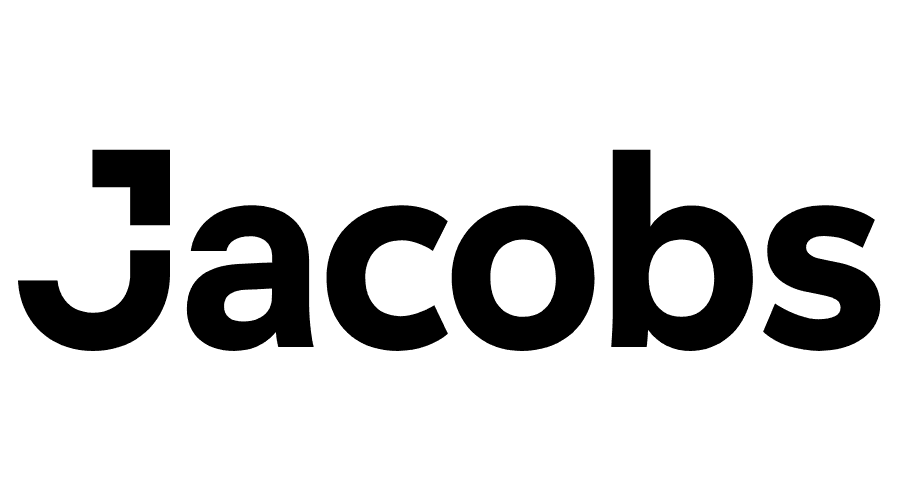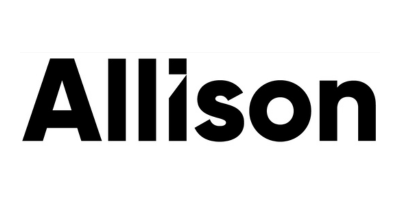- Truly put employees first!
Square share their board deck before the board meeting with the employees so everyone in the company can comment. A lot of executives will be uncomfortable with that level of transparency but it certainly shows that Square cares about their people and value their input.
Other companies we met send regular pulse surveys to check how people feel about news and changes. If people have any concerns, they address these in an open format.
Training is also very important. One executive told us “every employee gets a training budget”.
- Sense of ownership
Giving your employees equity instils a strong sense of ownership. Everyone has deep empathy for the customers and they go the extra mile to provide excellent service and continuously improve the offering. The ‘not my job’ mentality is rare. When everyone has a stake in the company, they care about everything.
- Listen to customers
Constantly asking customers for feedback and taking this on board sounds pretty obvious. But simply customers to fill out a Net Promoter Score (NPS) form doesn’t quite cut it. A lot of companies I met involve the customer at each stage of the project, not just at the end when the product is already built.
The other key take-away was to ask customers to build your compelling case studies. Square calls their customers ‘merchants’ and they invite merchants to tell their stories internally.
- Challenge perceptions
Many startups I met were not accepting anything as a fact unless they tested it.
When Ladder, a life insurance firm, started the perception was that the risk was too hard to manage unless the traditional lengthy process was followed. Customers had to share lots of data including the medical exam which was mandatory just to get a quote. Ladder focused on data and underwriting and created a simple and quick process that provides $1.5m of coverage in 5 minutes.
- Decentralised structures
Some of the companies that we visited during the trip talked about the importance of having flat structures to keep them agile. They try to push decisions down to the lower levels to the person who is doing the work. When an idea is put forward, they have a simple system which involves only two people, a ‘decider’ and an ‘approver’.
- Begin with the end in mind
Articulate what the project is going to look like when it’s finished first. For example companies that want to embark on a big data science project, they should invest in data engineering before bringing a data scientist on board. Articulating the top-level goals and defining what data is needed first, then collecting all the necessary data points will save money and time in the long-term. It sounds obvious but many companies skip some of these important steps.
- Continuous innovation
Two of the improvement methods companies use on the regular basis are Design Thinking workshops and Hackathons.
IDEO is often credited with inventing the term “design thinking” and its practice. Design thinking is a process for creative problem solving. In employing design thinking, you’re pulling together what’s desirable from a human point of view with what is technologically feasible and economically viable.
Hackathons started as social coding events that bring computer programmers and other members of staff together to improve upon or build a new software program. The terminology is now used for any intense business improvement and innovation events. Facebook’s Like button was conceived as part of a hackathon.
- Open with competitors
One of the executives we visited mentioned they share insights with competitors. As they told our delegation “disruptive innovation is not likely to come from your peers”.
Leaders recognise that exchanging knowledge can generate faster and more relevant solutions to their current objectives. In 2014, Tesla announced that other firms would be allowed to use its patented technologies. The practice seemed to defy the commonly held view that companies should protect their knowledge from competitors.
- Partnerships
You don’t need to build everything inhouse. Partner with other organisations that can deliver your specific requirements quicker and better than your internal teams can.
- Scan the horizon
Look for specific thematics relevant to your business. Don’t do research just for the sake of talking about it.
Invest in relevant match-making. Startups and partnership originators are important to keep organisations up to date with potential opportunities.
Spend time in the ecosystem. Learn about what investors are feeling confident about, in which early stage companies they are investing and why.































































